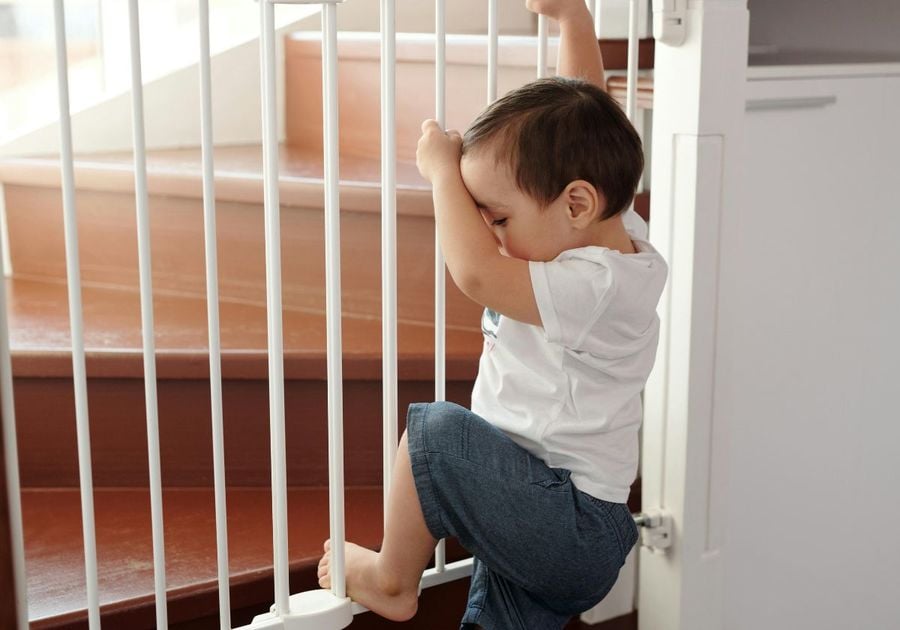As a parent, ensuring the safety and well-being of your children is a top priority. From preventing accidents to educating them about potential dangers, there are numerous steps you can take to create a safe environment at home. By implementing these strategies, you can provide peace of mind for you and your family.
- Childproofing:Childproofing your home is essential, especially for toddlers and young children. Install safety gates at the top and bottom of staircases, cover electrical outlets, and use safety latches on cabinets and drawers containing hazardous items such as cleaning products and sharp objects. Securing heavy furniture to walls can prevent tipping accidents.
- Fire Safety:Install smoke detectors on every floor of your home and in every bedroom, and regularly test their batteries. Develop a family escape plan in case of fire and practice it with your children. Teach them how to stop, drop, and roll, and emphasize the importance of staying low to the ground in the event of smoke.
- Water Safety:Supervise children closely around water, whether it's a bathtub, pool, or any body of water. Install pool fences and safety covers, and enroll children in swimming lessons as early as possible. Teach them basic water safety rules, such as never swimming alone and always asking for permission before entering the water.
- Medication and Poison Prevention:Keep all medications, including vitamins and supplements, out of reach and sight of children. Use child-resistant packaging and lock up medications if necessary. Store household cleaners, chemicals, and other toxic substances in locked cabinets or high shelves. Educate children about the dangers of ingesting unknown substances.
- Safe Sleep Environment:Ensure infants sleep on their backs on a firm mattress with no loose bedding, blankets, or toys in the crib to reduce the risk of suffocation or Sudden Infant Death Syndrome (SIDS). Keep cribs and playpens free from pillows, stuffed animals, and other soft objects.
- Traffic Safety:Teach children pedestrian safety rules and supervise them when playing near roads. Use child safety seats in vehicles and ensure they are properly installed according to manufacturer instructions. Model safe behavior by always wearing seat belts and following traffic laws.
- Stranger Danger Awareness:Educate children about potential dangers from strangers, including not accepting rides or gifts from them and knowing how to ask for help if needed. Teach them to trust their instincts and seek help from trusted adults if they feel uncomfortable or unsafe.
- Internet Safety:Monitor children's online activities and set age-appropriate restrictions on devices. Teach them about privacy settings, not sharing personal information online, and how to deal with cyberbullying. Encourage open communication about their online experiences and provide guidance on safe internet usage.
- First Aid Training:Learn basic first aid and CPR techniques for children and adults. Keep a first aid kit easily accessible in your home and ensure all caregivers know its location and how to use its contents. Take a first aid and CPR certification course to enhance your skills and confidence in handling emergencies.
- Regular Maintenance:Keep your home well-maintained to prevent hazards such as loose handrails, uneven flooring, or faulty electrical wiring. Inspect your home regularly for potential safety hazards and address them promptly. This includes repairing loose steps, securing loose carpets, and fixing broken or damaged items.
- Emergency Contacts:Keep a list of emergency contacts, including poison control, your pediatrician, and local emergency services, posted in a visible location. Make sure all family members know how to access and use this information in case of an emergency.
- Teach Problem-Solving Skills:Encourage children to develop problem-solving skills and critical thinking abilities to assess and respond to potential dangers appropriately. Teach them how to evaluate risks and make safe decisions in various situations, both at home and in the community.
- Supervision:Above all, provide diligent supervision, especially for young children, to prevent accidents before they happen. Keep an eye on them during activities that could pose risks, such as cooking, swimming, or playing outdoors. Supervision is key to identifying and addressing potential hazards in a timely manner.
By incorporating these strategies into your daily routine, you can create a safe and secure environment for your children to thrive in. Remember that safety is an ongoing process, and it's essential to stay vigilant and proactive in identifying and addressing potential risks. With the right precautions and awareness, you can help keep your home and children safe from accidents and potential dangers.



